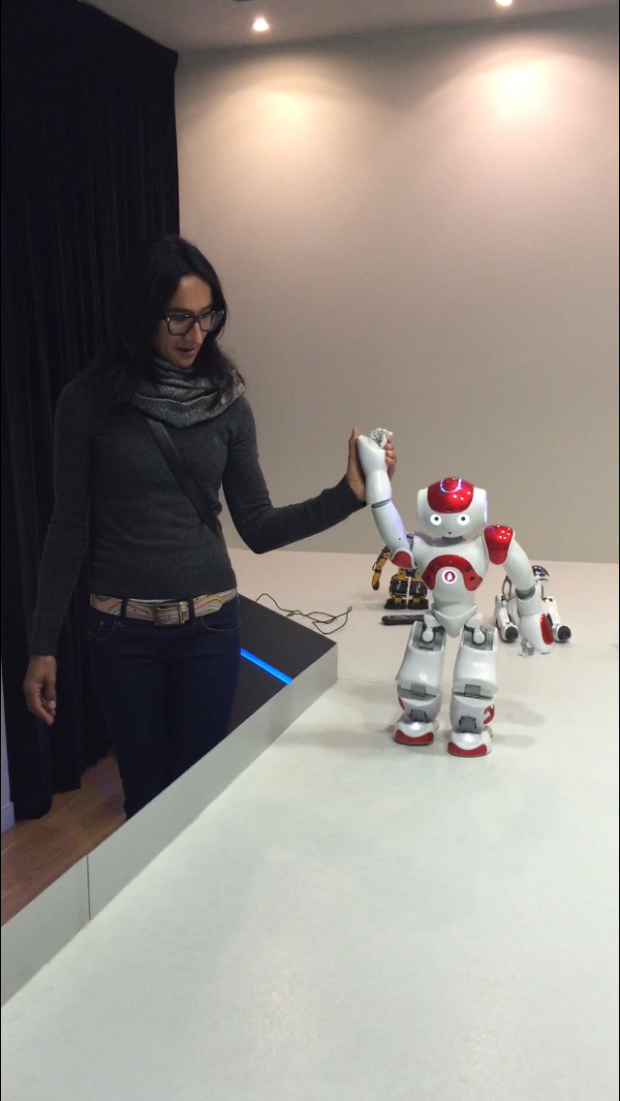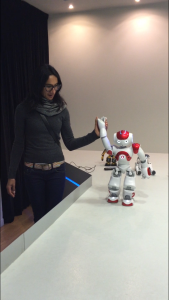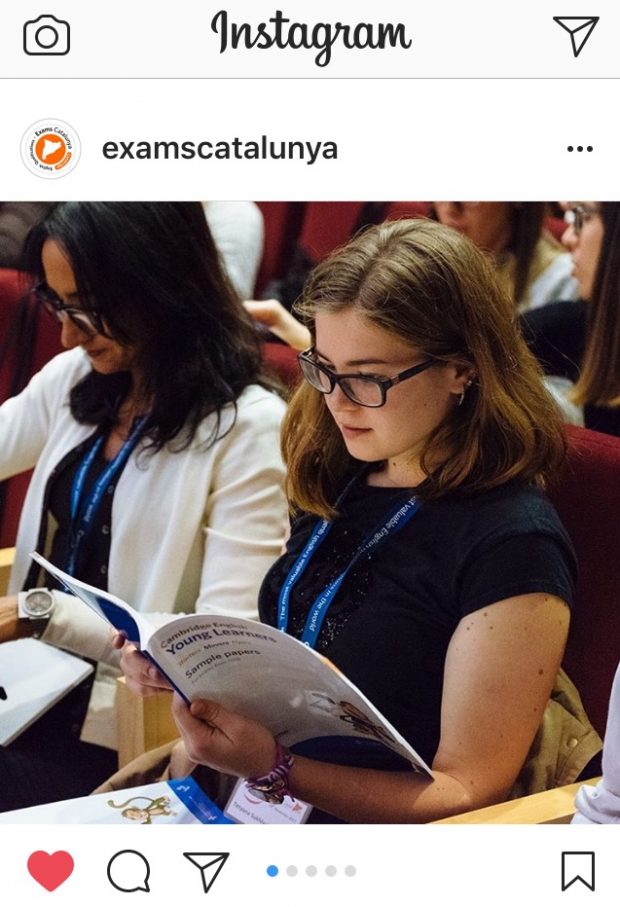Reflections of 2017: The debate regarding the dangers of spending too many hours glued to an electronic device continue to bubble. The unknown abyss and potential of AI in its many guises continues to be explored. The fears of a robot-controlled world continue to rise. What will 2018 bring?!
Personally, I find all the above extremely exciting. Do I use my phone too much? I know I work too much, and because 80% of my work is online, I am obliged to use a digital device. This has become part of the natural shift in the plethora of work that has become created as geographical boarders are transcended by cyberspace and the power of technology, telecommunications, and IT. Just as technology is shaped by the society that uses it, tech very much shapes society and the way we interact and go about our day-to-day. I view technological developments as portals to opportunities that can be enhanced or were not previously available, especially in a teaching and learning context (whether that be English or dancing to Michael Jackson’s Thriller!!).
I will continue to explore how ed tech can support language learning this year, as I delve deeper into the AI and machine learning chasm. I will also wonder that if smoking hadn’t been banned in pubs and bars, if smartphones wouldn’t be the go to company we choose as we sit alone sipping a coffee contemplating the week, or waiting for a friend.


